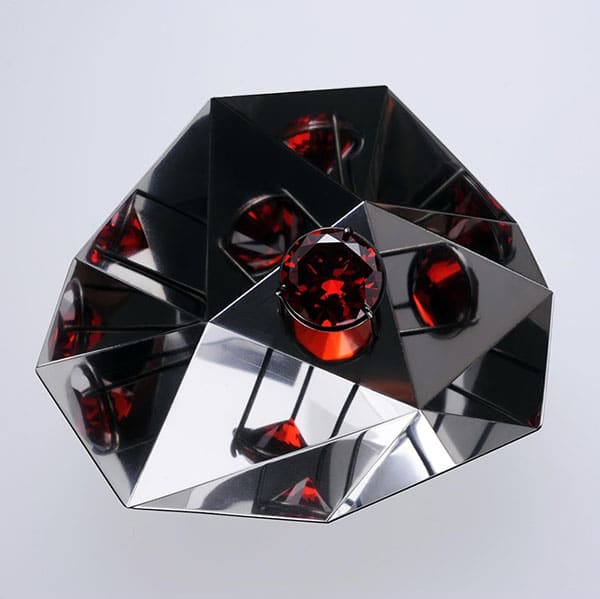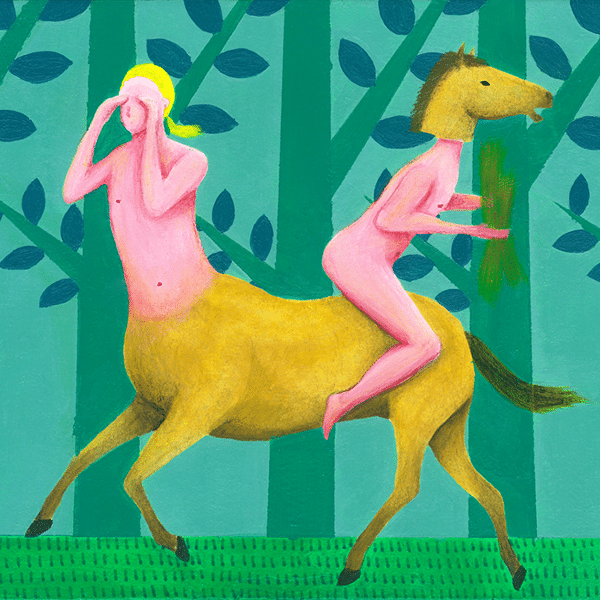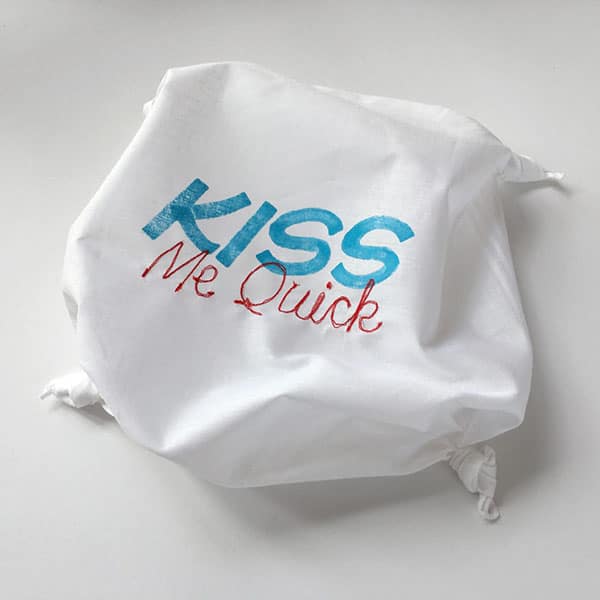Quality is key

The imagery you share directly reflects you and the quality of what you have to offer. If you post bad imagery, they will ignore it, or worst still lose confidence in your brand. This is especially true if you are marketing your call to an audience that works in a visual medium.
Where possible, photography should be in focus, lit and aligned properly. Graphics should be balanced and impactful. All images should be cropped accordingly on the social media networks you are using. We’ve compiled a few tools below to save you time and money in making sure the imagery that you share reflects your needs.
Be Strategic

If you have time before you open your competition, it’s worth taking a little time to plan how you will market your call and list the imagery you will need.
This can be as simple as asking the following questions:
- When will you be sharing this message?
- Who are you trying to attract to your message?
- What is the one action you want the user to take?
- Where will you be showing this message (site, social media networks)?
Asking yourself these questions will allow you to have an overview of your needs and in turn generate more impactful images to share throughout your call.
Less is more

The people you are targeting will scroll right past you unless they immediately understand what you have is of value to them.
Adding too much text or making the graphics complex will end up making the imagery look bloated. Using simple, striking imagery with minimal information, focusing on the one thing you want them to know will ensure you get their attention quickly. As each online medium (Twitter, Facebook, Instagram, Zealous..) resizes your image, keeping things simple means it is more likely you will be able to reuse your image without encountering cropping issues.
A thousand words

The images you share are information in themselves. They should be carefully curated to match the message which will be displayed alongside them.
Ideally, you would start with the message and match an image to it. E.g. “Get your work showcased in the bustling heart of London” could be accompanied by an image of the space full of people (showing a beautiful empty room will play at your detriment due to highlighting “bustling”).
Highlight the action

Sometimes the image accompanied by the right message is enough. However, including a short call to action on the image can lead to your audience understanding the offer quicker. e.g. “Submit Now”, “Closing soon”, “Voting Opened” or highlighting notable perks e.g. “Win £10,000” works well.
Be careful when you add graphics to images, since they may be cropped or shrunk and become unreadable on certain social media feeds. However, don’t panic, you don’t need to be a graphic designer to get it right. There are plenty of services to make your life easier in generating relevant images for your competition.
Repetition

It’s ok to repeat a similar message but make sure to have multiple versions of images accompanying it. Sharing the same images to the same followers for months is going to get stale very quickly.
If you are putting money behind social media posts, it’s worth creating multiple versions of the same advert early on, keep the message the same, but use different images. This will allow you to see which images perform best with your audience (even if you are only putting £20 behind them, it’s a valuable insight). You can find out more about A/B testing here.
Collateral Benefits

Using the right imagery may lead to more than just getting people’s attention.
Sharing past winners works, or current submissions gives your audience an idea of the type and quality of the application you are looking for; making each submission more relevant to you.
Tools
Creating beautiful imagery doesn’t need to be expensive, nor take a huge amount of time. Often you will already have access to imagery of venues you will be hosting your awards and competitions at; or works that have been submitted (make sure to credit the creator of those works!).
But making them the right sizes and putting text over them can be extremely time consuming and may require expensive tools. Thankfully, online services have recently sprung up that will save you time and remove the need to be an expert. Here are a few below:
Pablo
a very simple way of creating imagery for Instagram, Facebook and Twitter. Links directly to Buffer (free)
Canva
includes templates for social media and print (free for the basic package)
Easil
same as Canva with animations (free for the basic package)
Stencil
feature rich includes templates, stock photography and icons and more (10 images free)
Snappa
same as Stencil, connects to social media accounts and allows teams to collaborate (5 downloads free per month)
RelayThat
the fastest way to generate templates for all needs magically imports your brand colours and images from your site (starts at $25 a month)
Small change, big impact
It’s often the little details that count, with tight resources and deadlines imagery can often be perceived as a luxury.
Imagery is the first impression someone will get of you, the first step on their journey to submitting to your opportunity. With the right tools and a little planning, it could transform your marketing efforts and lead to increasing the value of the submissions you get with minimal effort.
Want us to write more content like this? Give it a like
Share

Guy Armitage is the founder of Zealous and author of “Everyone is Creative“. He is on a mission to amplify the world’s creative potential.









